
We’re going to guess that the “pay less” part of that title is what caught your eye, as it should!
The fact of the matter is, though our area of the country isn’t known for drastically cold and snowy winters, the drop in temperature this month absolutely necessitate a fully functional and effective heater. But if you’re staying comfortable this winter and find yourself paying more than you should, then you really aren’t getting the most from your furnace.
There are some simple steps you can take—some that don’t cost anything but a moment of your time—to not only boost the efficiency of your furnace, but help prevent repairs, too. What are they? Read on!


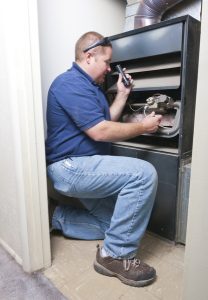
 With temperatures dipping into the 50’s at night this past week, you might have decided to use your heater. True, we use it very briefly around our area, but given the contrast in temperature, it can be quite chilly at night without a reliable heating system! So, what if you’re using a heat pump, and all it will do is blow out cold air?
With temperatures dipping into the 50’s at night this past week, you might have decided to use your heater. True, we use it very briefly around our area, but given the contrast in temperature, it can be quite chilly at night without a reliable heating system! So, what if you’re using a heat pump, and all it will do is blow out cold air? While other parts of the country are scheduling heating maintenance and starting to shut down their air conditioners for the season, we’re still using our cooling systems on a regular basis. That said, this is commonly the time of year that air conditioners begin to experience problems—the reason for this is because it’s been going since last spring.
While other parts of the country are scheduling heating maintenance and starting to shut down their air conditioners for the season, we’re still using our cooling systems on a regular basis. That said, this is commonly the time of year that air conditioners begin to experience problems—the reason for this is because it’s been going since last spring.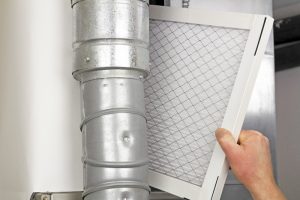 Most homeowners misunderstand the point of the air filter within their HVAC system. They think it is there mainly to protect against allergens and particles in their indoor air. This is partially correct, but not the main purpose nor the reason you should change said filter every 1-3 months.
Most homeowners misunderstand the point of the air filter within their HVAC system. They think it is there mainly to protect against allergens and particles in their indoor air. This is partially correct, but not the main purpose nor the reason you should change said filter every 1-3 months.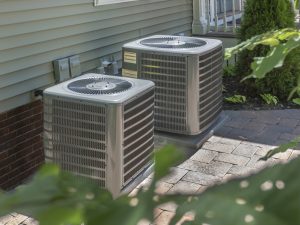 In other parts of the country, it probably seems pretty strange to be talking about air conditioners this time of the year, unless they’re talking about winterizing them. But winterizing just isn’t a thing here in the Gulf Breeze. Even though our fall and winter seasons are notably and relatively cooler than our summers, it doesn’t mean they are cool.
In other parts of the country, it probably seems pretty strange to be talking about air conditioners this time of the year, unless they’re talking about winterizing them. But winterizing just isn’t a thing here in the Gulf Breeze. Even though our fall and winter seasons are notably and relatively cooler than our summers, it doesn’t mean they are cool. 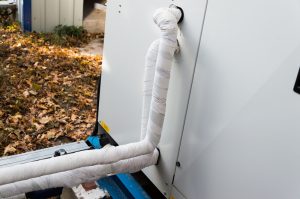 First off, you might be wondering what R-22 is. It’s refrigerant—the substance needed for your central air conditioner or heat pump to function at all. Perhaps you have a basic understanding of how refrigerant works, and you might have even had someone tell you that refrigerant needs to be refilled (called recharged in the HVAC industry) every once in a while.
First off, you might be wondering what R-22 is. It’s refrigerant—the substance needed for your central air conditioner or heat pump to function at all. Perhaps you have a basic understanding of how refrigerant works, and you might have even had someone tell you that refrigerant needs to be refilled (called recharged in the HVAC industry) every once in a while.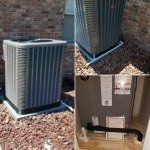 On our team, we understand just how important it is to have a great air conditioner in place. After all, we don’t get much reprieve from the heat—it may be fall, but while other parts of the country get out their scarves and start buying pumpkin spice lattes, we’re wondering when the heat and humidity will dissipate.
On our team, we understand just how important it is to have a great air conditioner in place. After all, we don’t get much reprieve from the heat—it may be fall, but while other parts of the country get out their scarves and start buying pumpkin spice lattes, we’re wondering when the heat and humidity will dissipate.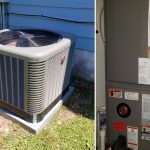 Did you know that a system that is too large for your home can be just as detrimental to its efficiency as one that’s too small?
Did you know that a system that is too large for your home can be just as detrimental to its efficiency as one that’s too small?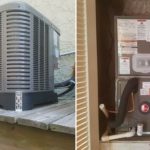 This includes looking at not only the square footage of your home, but also how many windows and doors are in your household, what type of insulation you have, and what materials make up your home’s construction.
This includes looking at not only the square footage of your home, but also how many windows and doors are in your household, what type of insulation you have, and what materials make up your home’s construction. If you’re wondering what a new air conditioner will look like on your property, check out our recent residential job highlighted in these images.
If you’re wondering what a new air conditioner will look like on your property, check out our recent residential job highlighted in these images.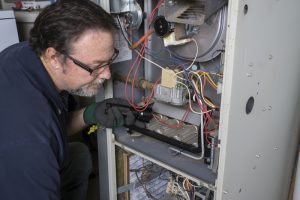 We get it, your air conditioner is the main HVAC system of choice for pretty much 90% of the year. When you use your heater—if you use your heater—it’s for a very brief amount of time, maybe even only at night.
We get it, your air conditioner is the main HVAC system of choice for pretty much 90% of the year. When you use your heater—if you use your heater—it’s for a very brief amount of time, maybe even only at night.